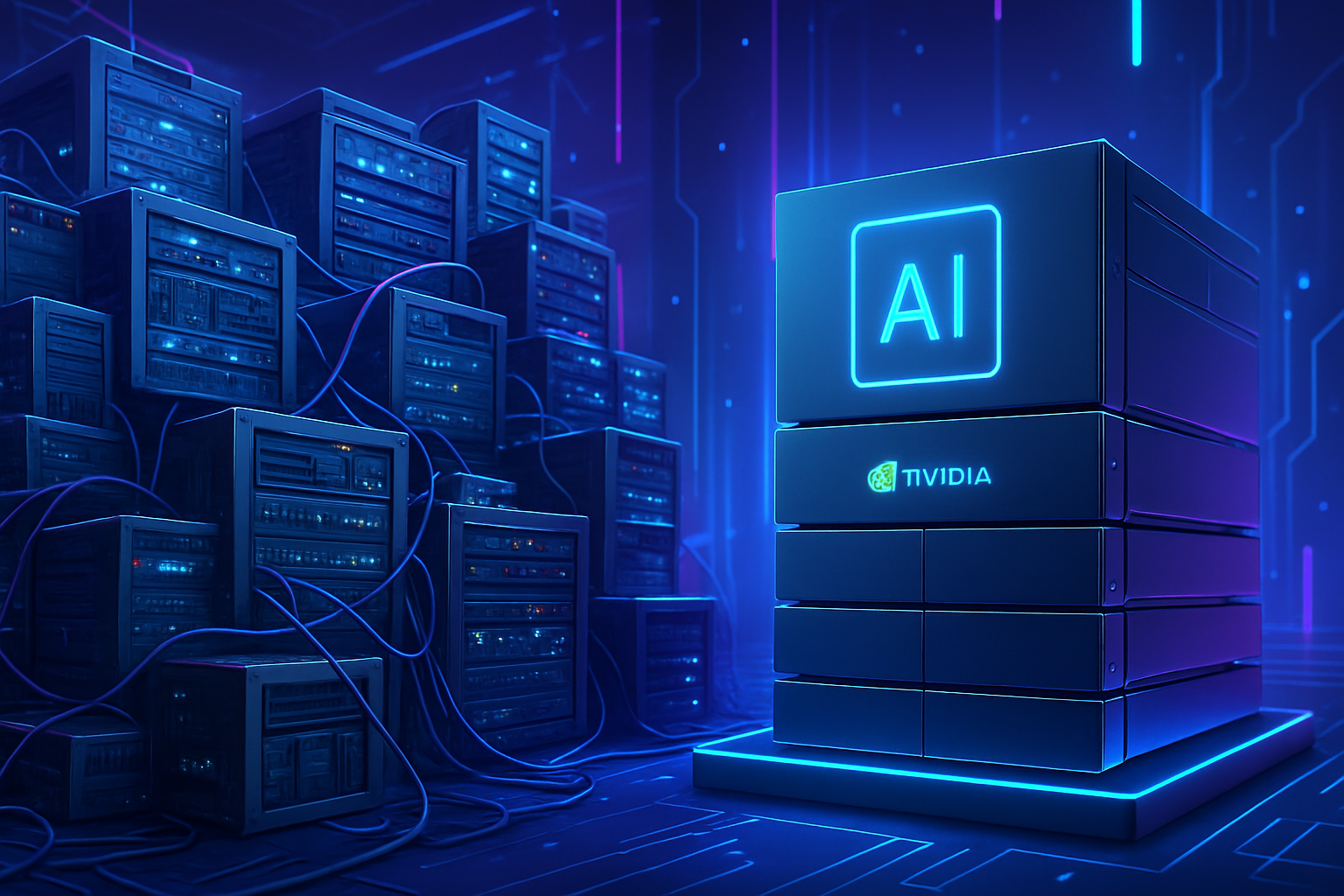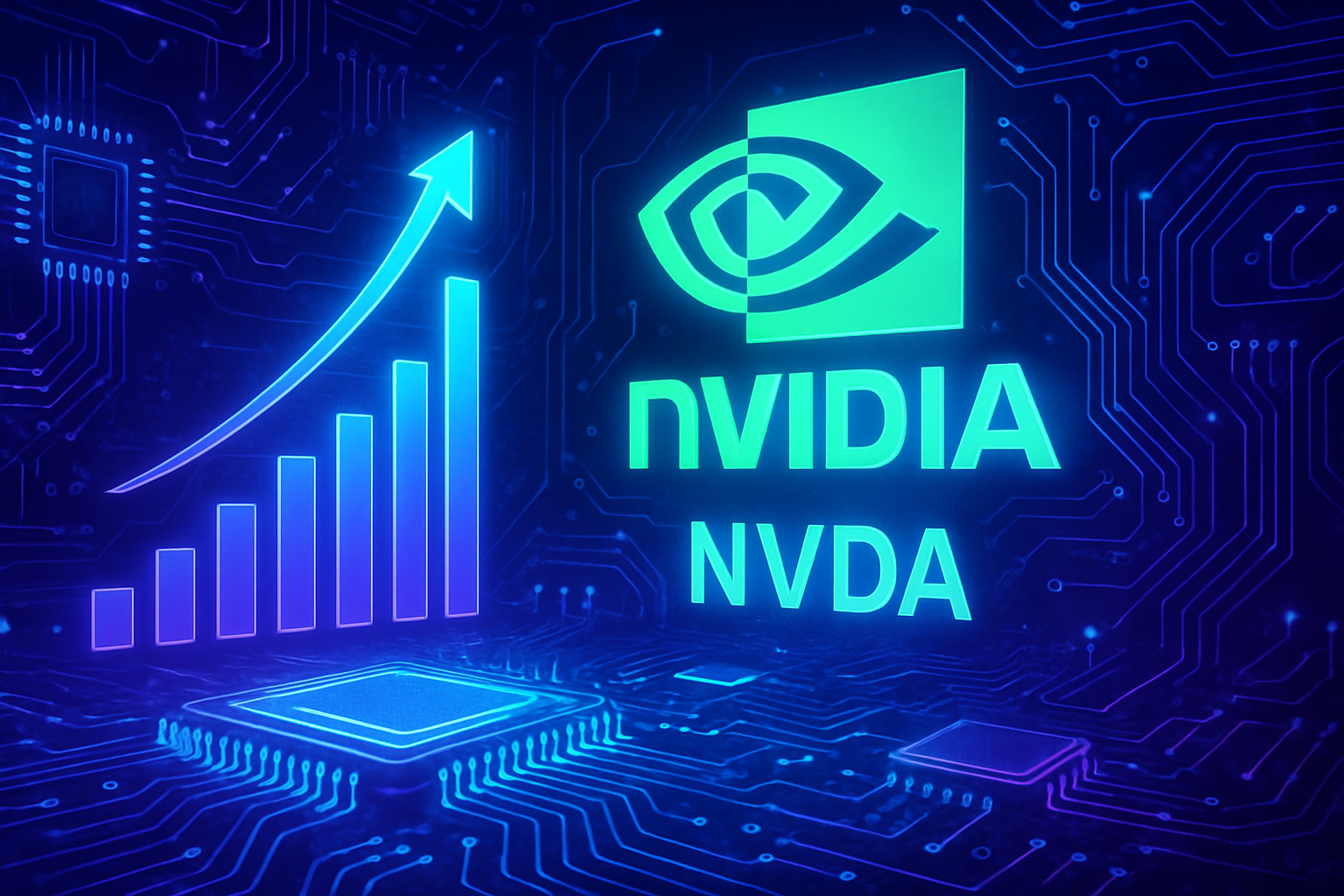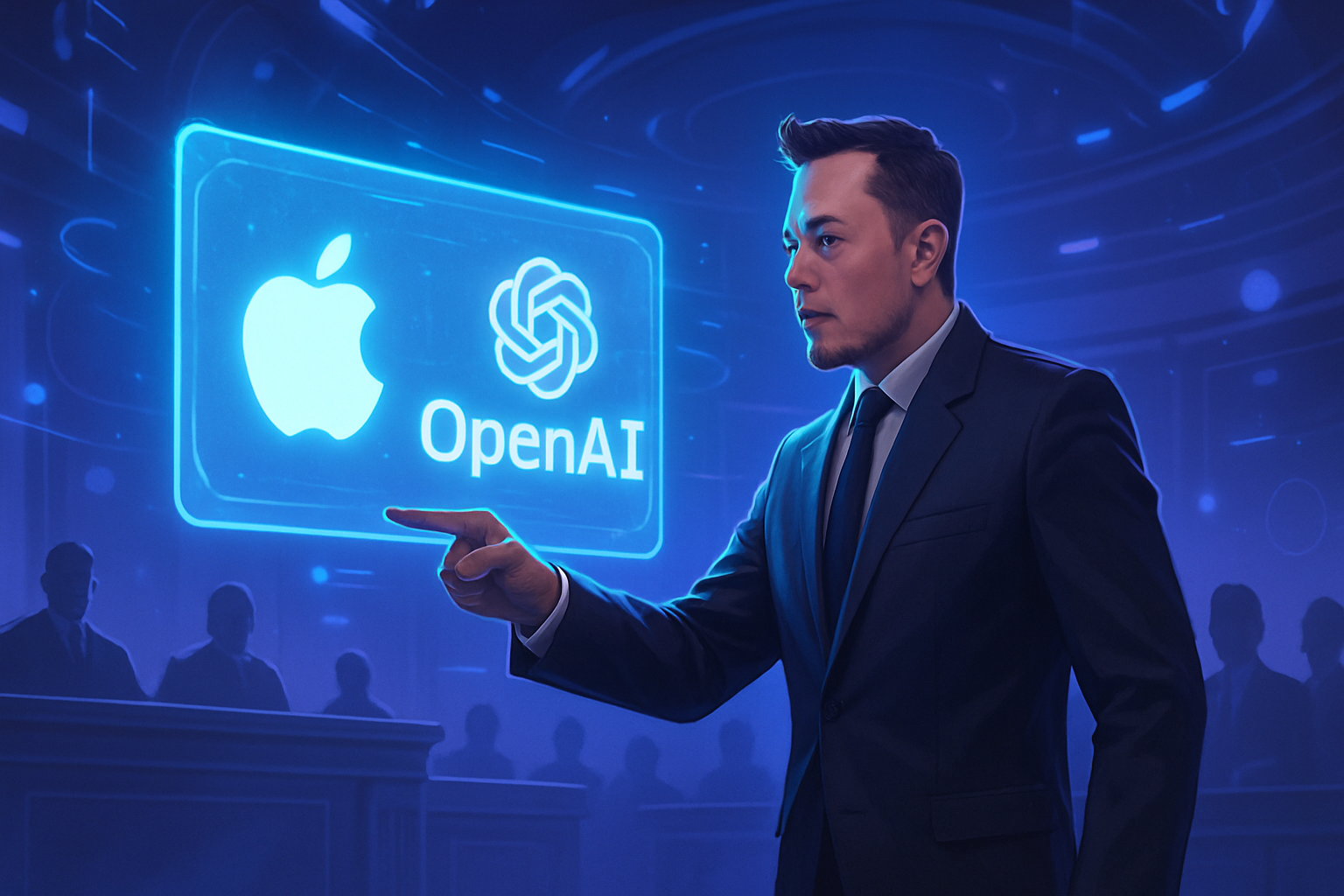Artificial intelligence data centers are facing a crucial dilemma due to a lack of space. A growing need for computational power requires a rethink of their layout and efficiency. Traditional solutions prove insufficient in the face of the exponential expansion of AI models.
*Obsolete infrastructures limit* the innovation capabilities of emerging companies. On the horizon, *NVIDIA offers a bold response* with its revolutionary Spectrum-XGS Ethernet technology. This advancement allows for seamless integration of multiple sites, thus providing optimized access to unprecedented computational resources.
Challenges of AI Data Centers
AI data centers face a growing challenge: the increase in computational power required to provide effective solutions. The evolution of artificial intelligence models requires considerable space and resources, often inaccessible to a single building. In the absence of adequate infrastructure, companies must make a choice: build new centers or optimize existing infrastructures.
Limits of Traditional Infrastructure
Traditional infrastructures suffer from significant constraints in terms of energy capacity, physical space, and cooling. These factors impose limits on companies seeking to meet growing demand. Task sharing between different locations becomes complex, mainly due to existing network limitations. The Ethernet standard is characterized by high latency and performance fluctuations.
NVIDIA Innovations: Spectrum-XGS Ethernet
NVIDIA offers an innovative solution with its new Spectrum-XGS Ethernet technology. This innovation reconnects AI data centers over vast distances, creating what the company calls “giga-scale AI super factories.” This technology is designed to address space and power issues by integrating adaptive algorithms.
Advanced Features
The Spectrum-XGS includes a specific feature, the scale-across capability. This approach complements the “scale-up” and “scale-out” methods. The adaptive algorithms adjust the network’s behavior according to the physical distance between installations. Advanced congestion control and precise latency management ensure efficient data transmission over long distances.
Potential Implications for the Industry
The implementation of this technology could transform the way AI data centers are designed. Rather than establishing massive infrastructures, companies can consider distributing their resources across multiple sites. This distribution could contribute to more efficient management of existing resources, decreasing the pressure on local power networks.
Practical Tests and Deployments
CoreWeave, a cloud infrastructure company, plans to leverage the latitude of Spectrum-XGS in its operations. CoreWeave’s co-founder and CTO, Peter Salanki, stated that this technology would enable the creation of a unified supercomputer, driving advancements across various sectors. This implementation will serve as a test to assess performance in real-world conditions.
Limitations and Technical Considerations
Despite its advantages, Spectrum-XGS faces inherent physical limitations related to data transmission over long distances. The quality of the Internet infrastructure plays a critical role in the system’s efficiency. Additionally, managing distributed data centers presents challenges related to data synchronization and regulatory compliance.
Availability and Market Impact
NVIDIA announces that Spectrum-XGS Ethernet is now available as part of its Spectrum-X platform. However, pricing and deployment schedules have not been specified. The adoption of this technology will be influenced by its cost-effectiveness compared to alternative solutions. The promise of faster and more powerful AI services could transform business efficiency.
Common Questions About AI Data Centers and NVIDIA’s Solution
What happens when AI data centers reach their maximum capacity?
When AI data centers reach their maximum capacity, they face challenges such as the need to expand their infrastructures, which can incur high costs, or managing resource efficiency by optimizing communication between multiple sites.
How does NVIDIA’s Spectrum-XGS technology help solve the space limitations of AI data centers?
NVIDIA’s Spectrum-XGS technology enables the connection of multiple AI data centers over large distances, creating “giga-scale AI super factories” and ensuring better workload distribution through enhanced connectivity.
What are the main benefits of the Spectrum-XGS technology for AI data centers?
The main benefits include significant latency reduction, advanced congestion management, and better synchronization between different locations, allowing companies to fully leverage their computing resources.
What challenges may arise when implementing Spectrum-XGS in AI data centers?
Challenges such as managing performance over long distances, data synchronization, and compliance with local regulations may affect the technology’s efficiency, despite its innovations.
How does NVIDIA plan to prove the effectiveness of its solution for AI data centers?
NVIDIA plans to test the effectiveness of its technology through real-world deployments, such as the one with CoreWeave, which will validate the promises made regarding performance and scaling capability.
Why is it important to rethink the architecture of AI data centers in light of increasing processing power requirements?
It is crucial to rethink the architecture to avoid incurring excessive costs related to building new sites and to promote a more distributed approach that maximizes efficiency without overloading local infrastructures.
What impact could NVIDIA’s solution have on the operational costs of businesses using AI data centers?
If the technology works as promised, companies could benefit from faster AI services, more powerful applications, and potentially reduced costs by improving operational efficiency through better resource distribution.






